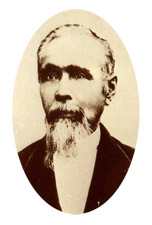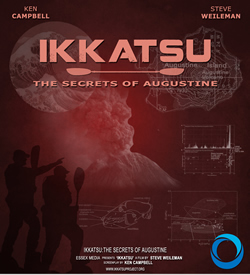In October 1832, the junk Hojun Maru left Japan with a load of rice and ceramics. After being swept out to sea in a typhoon and drifting for 450 days, the ship ran aground on the rocky Olympic coast just south of Cape Flattery. The only survivors were the captain and two cabin boys, who were quickly taken by the Makah tribe and held as slaves. Eventually, word of the extraordinary voyage and the sad fate of the survivors reached the Hudson’s Bay trading post at Fort Vancouver and a party was assembled and sent to try to win their release.
That right there is a pretty good story. But there’s another part to it as well.
In Astoria, just across the Columbia River from Fort Vancouver, a 10 year-old boy named Ranald MacDonald (really) heard about the castaways and hatched an amazing plan: he would attempt to make the trip the other way, and land in Japan – which was at that time a closed society, completely cut off from the rest of the world. If the Japanese ship could drift this way, he figured that there ought to be a way for him to drift the other direction. He didn’t get the chance to act on his notion until he was 24, when he got hired onto the whaling ship Plymouth. He somehow persuaded the captain to let him off the ship near the northern tip of Hokkaido and he washed ashore where he was promptly arrested.
Instead of being executed, which was the common Japanese response in cases such as these, he was locked up. As a prisoner, MacDonald tutored his Asian captors in English which, because of their international isolation, they had no previous knowledge of. A few years later, some of those students became the translators for the complicated and delicate diplomatic negotiations between Commodore Perry, of the U.S. Navy and the Japanese government, negotiations that would eventually open the country up and bring it into the modern world.
The ocean currents are the circulatory system of the planet. Our fate is entwined with the forces around us, whether we understand them or not.











